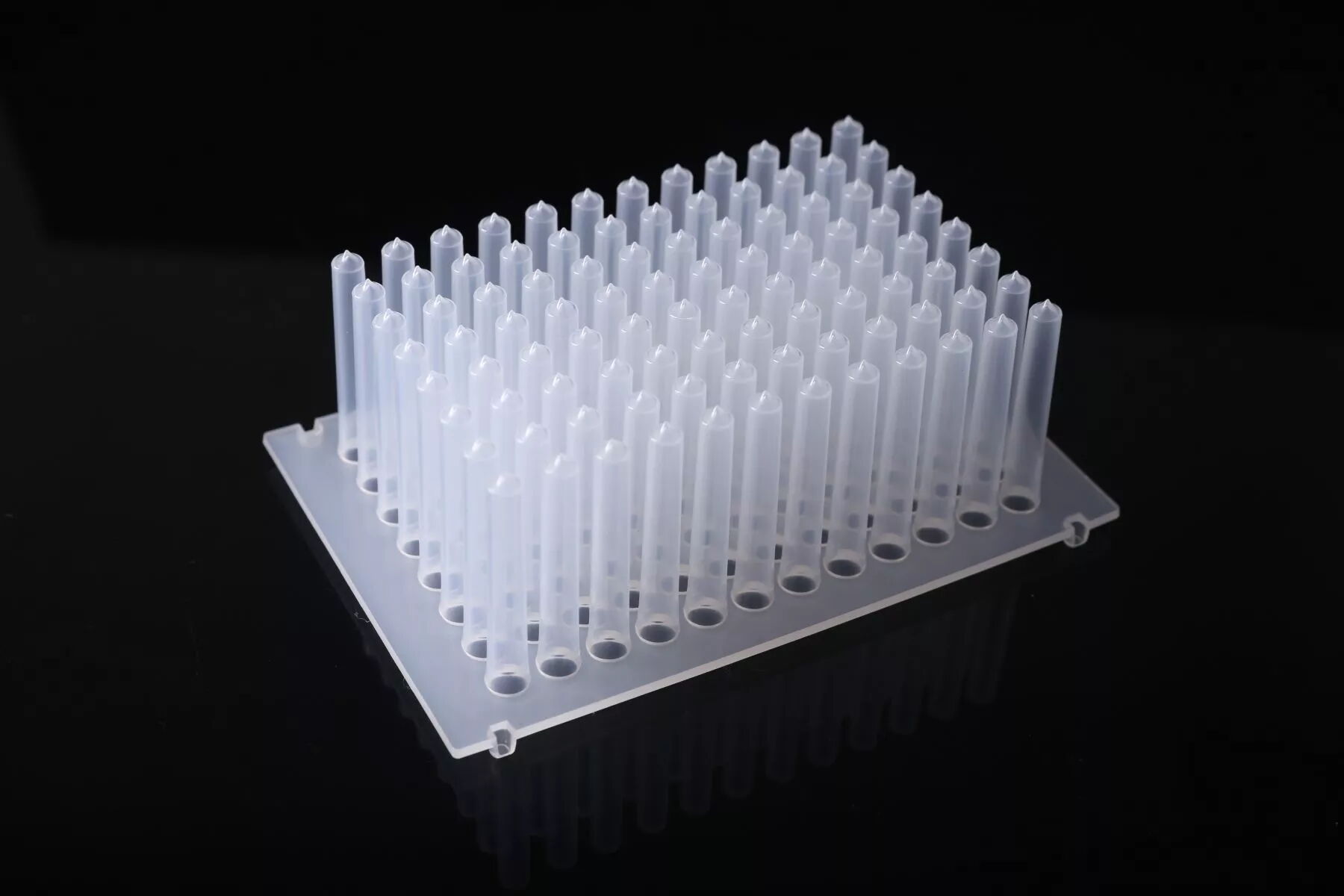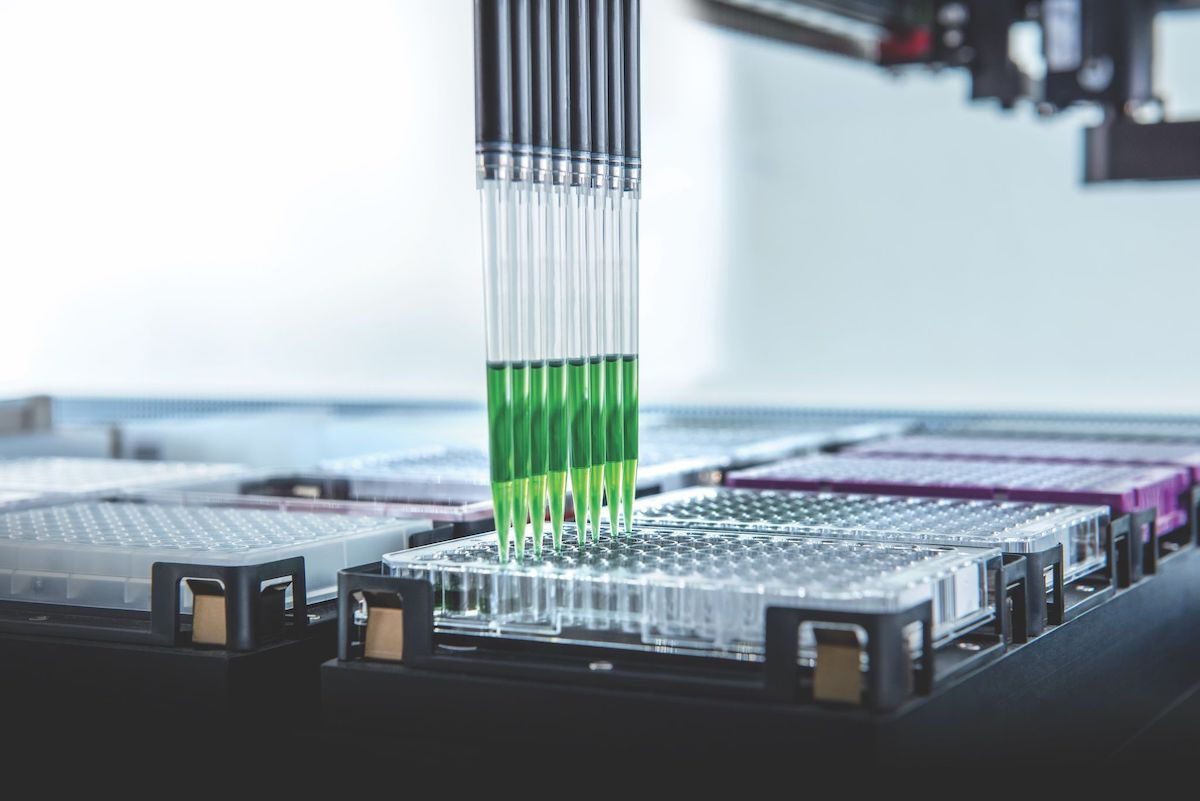Precautions for Reusing Pipette Tips
Jul 12, 2024
In the laboratory, the precise and uncontaminated transfer of liquids is crucial for the success of many experiments. To achieve this, researchers often rely on a simple yet vital tool—the pipette tip. Pipette tips are disposable and autoclavable attachments that fit onto pipettes, enabling accurate liquid handling. They play a critical role in preventing cross-contamination and protecting the pipette from potential damage caused by corrosive or harmful substances. However, the question arises: can pipette tips be reused?
A pipette tip is a disposable, autoclavable tool that attaches to pipettes for precise liquid handling. It is vital for preventing cross-contamination and protecting the pipette from damage by harmful substances. Without pipette tips, pipettes could easily be damaged by corrosive or hazardous materials, and any residual liquid could contaminate future experiments, compromising results and leading to significant setbacks.
Pipette tips ensure accurate measurements and prevent cross-contamination, which is essential for maintaining the integrity of experimental outcomes. However, the question arises: can pipette tips be reused? The answer is both yes and no. While they can be reused in certain situations, specific instances make reusing pipette tips inadvisable.
Contaminating DNA samples can be highly problematic, leading to the disposal of reagents and necessitating a restart of the experiment. PCR experiments, which amplify DNA, require even greater caution. A small amount of contamination can cause significant issues, and given the high cost of PCR experiments, any contamination can lead to substantial financial losses. Therefore, it is crucial to avoid reusing pipette tips when working with DNA.
During experiments, pipette tips might accidentally contact other reagents. Regardless of whether these reagents are harmful or corrosive, it is essential to discard the pipette tip immediately after contact. Any contact with other reagents could lead to contamination, affecting the integrity of the experiment.
When using reagents that need to be returned to stock after partial use, reusing pipette tips is not advisable. Reusing tips can lead to contamination of the reagent stock, resulting in significant experimental and financial losses. Ensuring that the pipette tip is clean and uncontaminated is crucial when dealing with reusable reagents.
If there is any uncertainty about the cleanliness or previous use of a pipette tip, it is best to discard it. Even a small doubt about contamination can compromise the experiment. If you do not remember where the tip was last used or suspect it might be contaminated, it is not worth the risk to reuse it.
If loading gels is the final part of your experiment, reusing the same pipette tip is generally acceptable. However, if you plan to use the sample for sequencing or other sensitive applications, it is better to use a new pipette tip to avoid any risk of contamination.
When using the same reagent across multiple experiments, reusing the pipette tip can be efficient and safe, as long as the reagent is consistent. However, once you switch to different reagents, it is time to use a new pipette tip to prevent cross-contamination.
In summary, pipette tips are essential for maintaining the accuracy and preventing contamination in laboratory experiments. While there are certain situations where pipette tips can be reused, it is generally advisable to use a new tip whenever there is any doubt about contamination. By following these guidelines, researchers can minimize errors and ensure the reliability of their experimental results, ultimately contributing to the success of their scientific endeavors.
Previous: Effect of High Quality PCR Plate on Accuracy
Next: The Principle and Usage of Electric Pipettes



